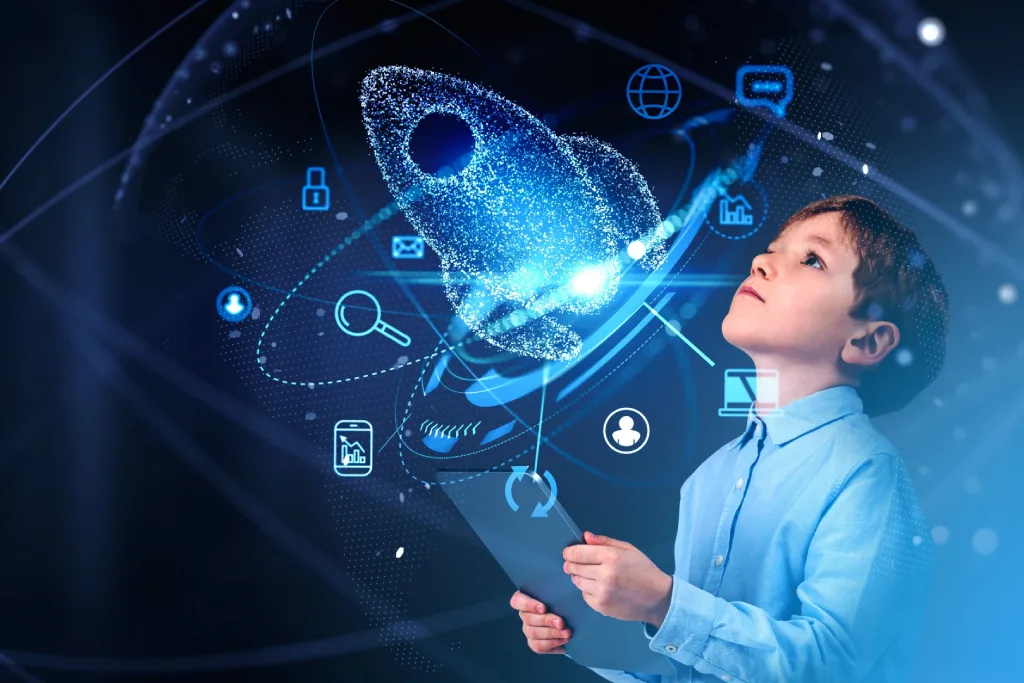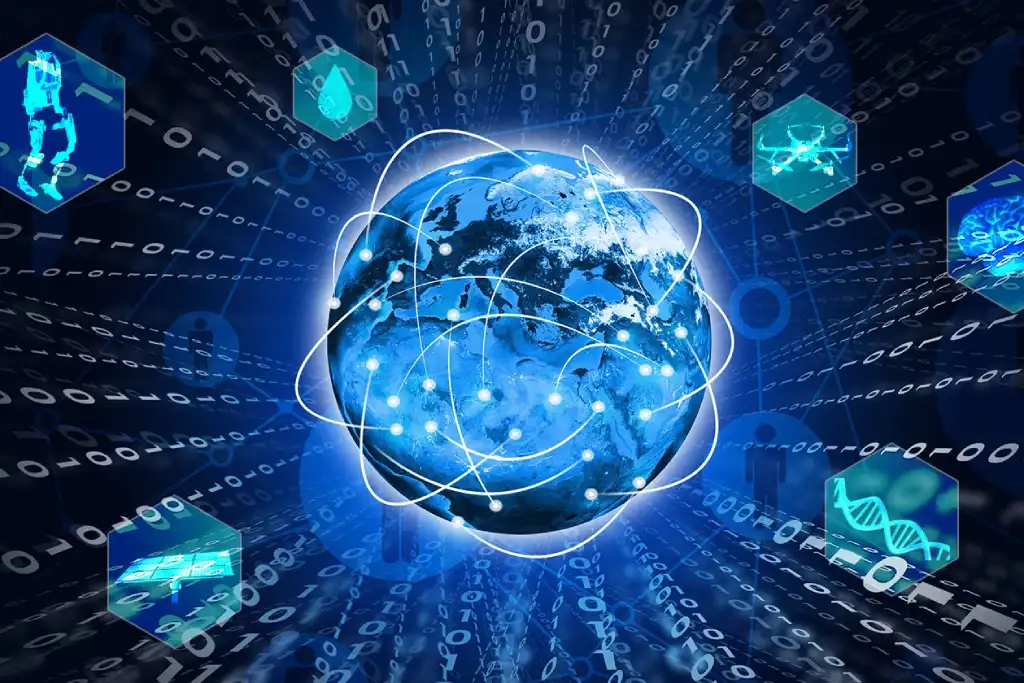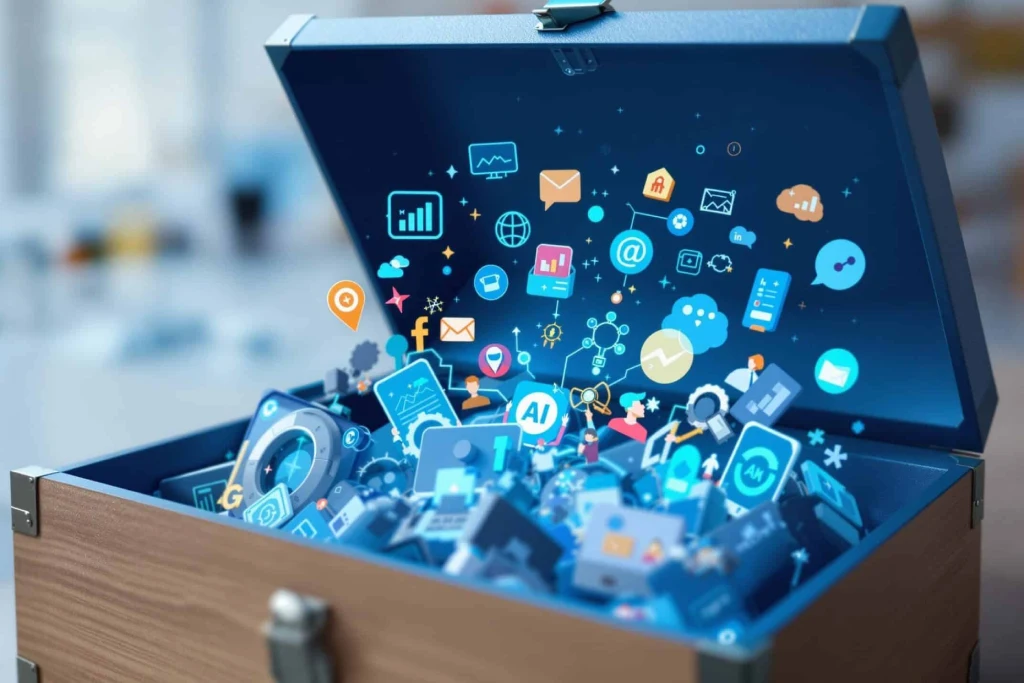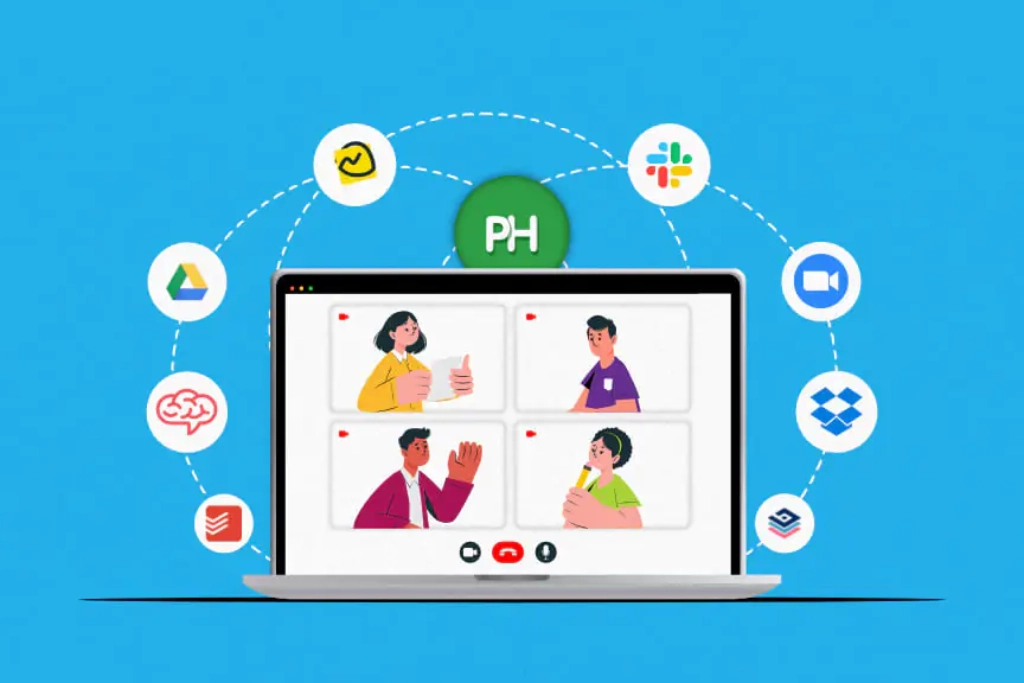Recent years have seen a significant change in education, mostly due to technological breakthroughs. With the advent of AI-powered tutors and immersive virtual reality experiences, education is no longer limited to traditional classroom settings. Students nowadays are interacting with the material in previously unthinkable ways, and professors are changing from being traditional educators to becoming facilitators of inquiry.
A closer look at how technology is changing education and learning, as well as what the future may bring, is provided here.
1. Learning Tools Driven By AI
Students’ access to and processing of information has been completely transformed by artificial intelligence (AI).Socratic by Google, Khan Academy, and Duolingo are examples of personalized learning platforms that adjust in real time to a learner’s comprehension and speed.Students can learn more effectively using AI’s ability to evaluate performance, pinpoint strengths and shortcomings, and modify the material accordingly.
Virtual tutors and AI chatbots are increasingly becoming commonplace; they can grade assignments, provide answers to queries, and explain ideas.
2. Distance Education and Online Learning
Anyone with an internet connection can now access high-quality education thanks to the growth of platforms like Coursera, edX, and Udemy. With the availability of Ivy League courses and industry certifications, students can now study whenever and wherever they choose.
Remote learning became mandatory during the COVID-19 epidemic, after previously being optional. These days, hybrid and blended learning models—which combine digital platforms with in-person training for a more flexible approach—are here to stay.
3. Interactive Learning And Gamification
Learning is becoming more interesting and inspiring because to gamification.Points, levels, and incentives are used by apps like Kahoot!, Quizizz, and Classcraft to make learning enjoyable.In addition to increasing retention, this strategy promotes healthy competition and teamwork among students.
Students may experiment, explore, and learn by doing rather than memorization in science, history, and arithmetic thanks to interactive simulations.
4. Augmented Reality (AR) And Virtual Reality (VR)
Imagine studying the anatomy of the human heart in biology class or taking a history class tour of ancient Rome.These experiences are now feasible thanks to VR and AR.
Virtual reality: Students can better grasp difficult subjects by immersing themselves in immersive worlds created by virtual reality.
Augmented reality: adds dynamic layers to textbooks and traditional classes by superimposing digital content on the actual environment.
Lessons are already being brought to life through the use of tools like zSpace and Google Expeditions.
5. Advanced Simulations And Quantum Computing
Although it is still in its infancy, quantum computing is predicted to revolutionize education in disciplines like engineering, physics, and cryptography.Students will be able to investigate issues that are currently beyond the scope of traditional computers thanks to these computers’ real-time processing of large data sets, simulation of molecular reactions, and solution of intricate equations.
In order to prepare students for the next wave of scientific advancement, educational institutions are already beginning to include quantum learning resources.
6. EdTech And Cloud Computing Platforms
As cloud-based learning environments have grown in popularity, schools are no longer dependent on costly infrastructure or technology. Realtime feedback, centralized resource access, and smooth collaboration are made possible by platforms such as Google Classroom, Microsoft Teams for Education, and Canvas.
From a single dashboard, students can access lessons, store notes, turn in assignments, and participate in discussions—all of which promote self-directed learning and accountability.
7. Learning Analytics And Data-Driven Insights
Data is currently used by educational platforms to determine how best to teach pupils.Teachers may monitor student engagement, development, and performance, which facilitates early intervention and focused support.
Additionally, schools and other institutions are using these findings to enhance student results more broadly, optimize teaching strategies, and create better curricula.
8. Skill-Based Learning And Digital Literacy
Technology is changing not just what students learn but also how they learn it.Artificial intelligence, data analysis, coding, and digital literacy are now crucial components of contemporary curricula.Learners are gaining indemand skills that are directly transferable in today’s job market thanks to skill-based platforms like Codecademy, Skillshare, and LinkedIn Learning.
Collaborative tech-enabled learning environments are also fostering soft skills like communication, problem-solving, and critical thinking.
Concluding Remarks
Today, technology is a potent ally in the advancement of education.It has democratized education, individualized training, and increased access to knowledge.The advantages of techintegrated education are indisputable, even while issues like screen weariness, data privacy, and the digital divide must be addressed.
Future classrooms will look very different from those of today as quantum computing, artificial intelligence, and immersive technology develop further, but one thing will never change: the desire to learn, develop, and create.




